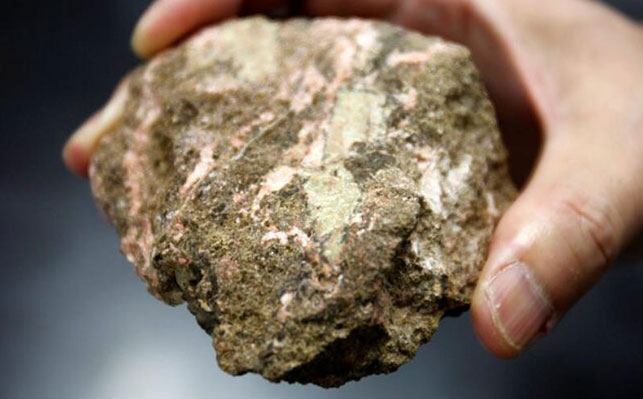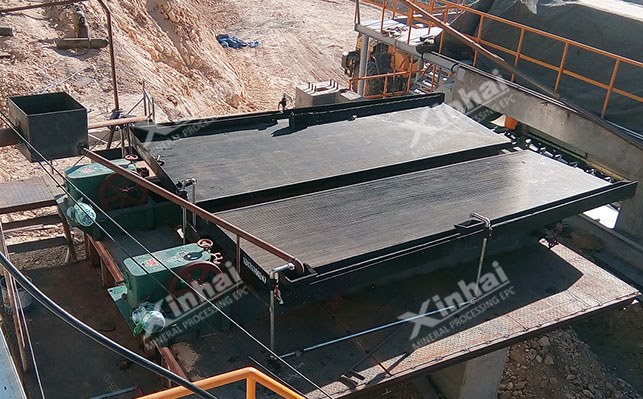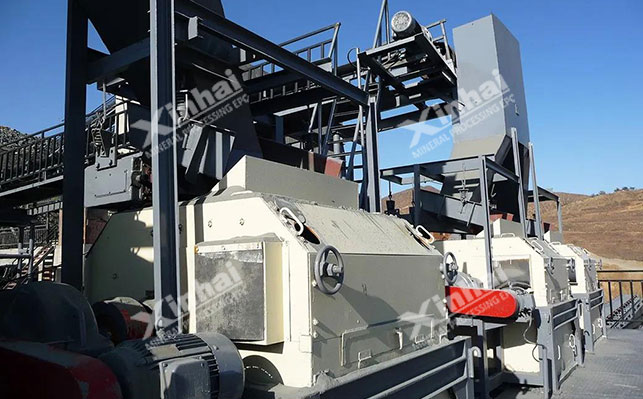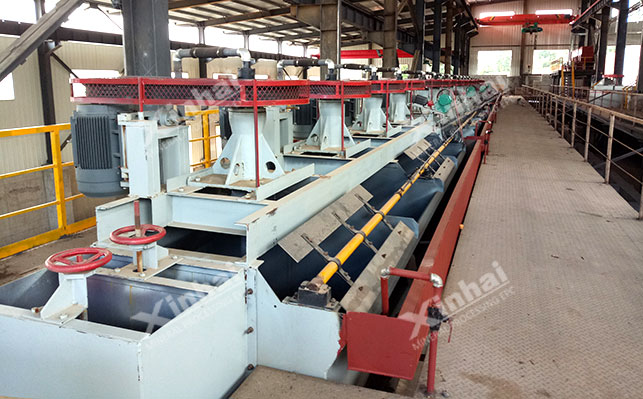
15311826613
Click to add WeChatAs the "vitamin" and "industrial gold" of modern industry, rare earth ore occupies a pivotal position in the fields of global economy, scientific and technological development and national security. Its unique physical and chemical properties make it an indispensable key resource for the development of many high-tech industries and strategic emerging industries, and play an important role in promoting global industrial upgrading and technological innovation. Among them, light rare earth ore (LREE) is an important part of rare earth resources. Today, the editor will introduce light rare earth ore and light rare earth beneficiation technology.

Light rare earths refer to rare earth elements with smaller atomic numbers, covering elements such as lanthanum (La) to europium (Eu). Compared with heavy rare earths (HREE, rare earth elements with larger atomic numbers, such as gadolinium Gd to lutetium Lu), light rare earths are more abundant in nature, accounting for about 80% of the total rare earths. Its element distribution is mainly lanthanum (La), cerium (Ce), praseodymium (Pr), and neodymium (Nd).
Light rare earth ores are mainly found in bastnaesite, monazite and some xenotime. The chemical formula of bastnaesite is (Ce,La) CO₃F, and the rare earth oxide (REO) content is as high as 60-75%, which is an important source of light rare earths; the chemical formula of monazite is (Ce,La,Nd) PO₄, and the REO content is 50-65%; although xenotime is mainly yttrium (Y), it also contains a certain proportion of light rare earths, and the REO content is 30-45%.
Light rare earths are widely used in modern industry. In the field of permanent magnetic materials, neodymium (Nd) is a key element in the production of NdFeB permanent magnets, which are widely used in new energy vehicles, wind power generation and other fields; cerium (Ce) oxide CeO₂ is an important raw material for polishing powder, which is widely used in the polishing of electronic display screens and optical glass; in addition, light rare earths are also used in the preparation of materials such as hydrogen storage alloys, playing an important role in the storage and utilization of hydrogen energy.

Gravity separation is based on the density difference between minerals. Spiral concentrators are often used to recover coarse monazite and are suitable for processing mineral particles with a particle size greater than 0.1mm; the shaking table further separates rare earth minerals with a density of 4.5-5.5g/cm³ from other gangue minerals through the combined action of water flow and vibration to achieve initial enrichment.

Magnetic separation is a mineral separation method that utilizes the magnetic difference of minerals. Medium-strength magnetic separation (magnetic field strength 0.8-1.2T) is mainly used to separate iron-containing minerals to reduce their interference with subsequent separation processes; high gradient magnetic separation (HGMS) can effectively recover fine-grained rare earth minerals, especially for light rare earth ores with finer particle sizes, and has a better separation effect.

Flotation is currently the mainstream process for light rare earth ore dressing. In terms of the reagent system, hydroxamic acid collectors have good selectivity for Ce³⁺ and can specifically adsorb on the surface of rare earth minerals to enhance their hydrophobicity; water glass as an inhibitor can effectively inhibit the floating of gangue silicate minerals; by adjusting the pH of the slurry to weak alkalinity (8.5-9.5), the effect of the reagent can be optimized. In terms of process design, the raw ore needs to be ground to -200 mesh, accounting for 85%, so that the rare earth minerals are fully dissociated; after the fine mud is removed by the desludging cyclone, rough selection (adding hydroxamic acid and kerosene) is carried out, and then 3-5 times of selection are carried out to finally obtain a rare earth concentrate with a REO content of ≥60%.
For ion adsorption type rare earth ores, sulfuric acid in situ leaching is a common method, and the leaching rate can reach more than 90%; when treating fluorocarbon cerium ore, hydrochloric acid dissolution is the main means, but it is necessary to control the interference of impurity ions such as Fe³⁺ to prevent it from affecting the subsequent separation and purification of rare earth elements.
Light rare earth extraction and separation uses P507 (2-ethylhexylphosphonic acid mono-2-ethylhexyl ester) extractant to separate light rare earth elements, which can effectively separate elements such as lanthanum (La), cerium (Ce), praseodymium (Pr), and neodymium (Nd), providing guarantee for the refined production of subsequent rare earth products.
The above is an introduction to the characteristics of light rare earth ores and beneficiation methods. The beneficiation technology of light rare earth ores has the characteristics of "taking measures according to the mine", and flotation, as the leading process, plays an important role in practical applications. However, the problem of fine particle sorting and environmental protection issues are still the key pain points restricting the development of the industry. In the future, the development of short-process processes, such as the integrated technology of "grinding-extraction", is expected to simplify the beneficiation process and reduce production costs; low-carbon beneficiation technologies, such as hydrogen reduction instead of acid leaching, will further reduce environmental pollution and realize the green and efficient development of light rare earth mineral resources. With the continuous innovation and development of technology, the beneficiation technology of light rare earth ores will move towards a more efficient, environmentally friendly and intelligent direction.